All About Colored Stones: Pink Tourmaline
Welcome to another journey into the world of colored stones. Today, we examine the captivating pink tourmaline, a gemstone that has captured the hearts of many with its enchanting hues, and boasts as much intrigue in the details of its formation as in its appearance.
Pink tourmaline, also known as rubellite, is a member of the tourmaline family, a group of related minerals with varying colors. Its name derives from the Sinhalese word ‘turmali,’ which means ‘mixed.’ This is fitting, as tourmaline comes in a wide array of colors, with Pink Tourmaline being one of the most sought-after.
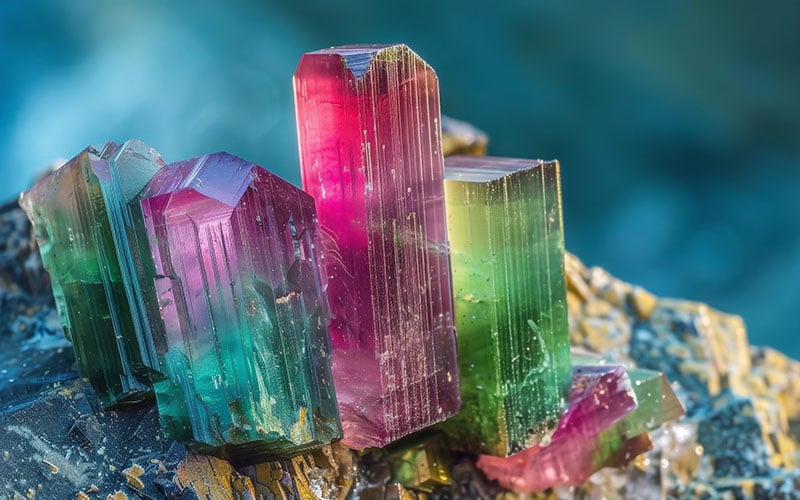
Formation and properties
Pink tourmaline, like all tourmaline gemstones, is a boron silicate mineral. It forms in igneous and metamorphic rocks, often in granite and marble. That formation process is a testament to the wonders of nature, as it demands a complex sequence of high-pressure and high-temperature conditions to occur. Tourmaline crystallizes in long, slender prisms, like tiny straws of color, growing over millions of years in the Earth’s hot embrace. The presence of manganese is what gives pink tourmaline its distinctive color.
The hardness of pink tourmaline ranges from 7 to 7.5 on the Mohs scale, making it a gemstone suitable for everyday wear. It has a vitreous luster and can exhibit pleochroism, meaning it may display different colors when viewed from different angles. creating a mesmerizing effect that changes with every turn of the stone.
Fifty shades of pink
Pink tourmaline is a natural show-off. From delicate baby pinks to bold magentas, this gemstone’s hues cover a wide spectrum. The intensity of pink tourmaline’s color depends on the concentration of manganese – the more manganese present, the deeper the pink hue. Some pink tourmaline may also contain traces of lithium, which can result in a slightly purplish tint.
The color of pink tourmaline can change under different lighting conditions. Under incandescent lights, the gemstone may have a more reddish appearance, while under fluorescent light, it becomes more pink. Some stones may even display color zoning. These color-changing properties, combined with its pleochroism, makes pink tourmaline a favorite among gemologists and jewelry enthusiasts alike.
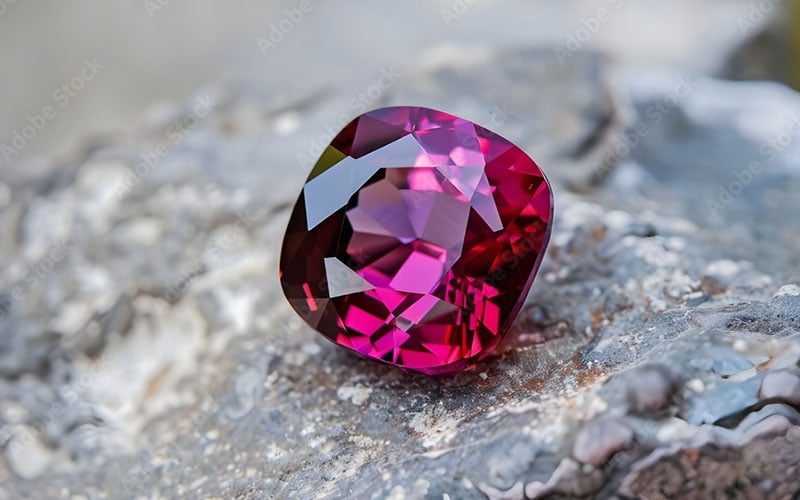
History, myths, and legends
Pink tourmaline has a rich history, steeped in myth and legend. It has historically been considered a stone of love and commitment, making it a popular choice for engagement and anniversary rings. In ancient times, it was thought to bring insight and wisdom to those who wore it. In China it was seen as a gemstone peace and protection. Today, Pink Tourmaline continues to be associated with love, compassion, and emotional healing.
The last Empress of China, Empress Dowager Cixi, was famously fond of pink tourmaline. In the cover image of this post, a large pink tourmaline, along with other gems and pearls, appears to adorn her headdress. Also known as Tzu Hsi – an alternative transliteration of Cixi (慈禧) – the Empress had a passion for pink tourmaline that kept them flowing from San Diego County. According to the Smithsonian, her love for this gem triggered the California boom in the early 1900s.

Countries of origin
Pink tourmaline can be found in various parts of the world, including the following countries:
- Brazil: The superstar producer of tourmaline gives us some of the most stunning pinks.
- Afghanistan: Also produces some of the most vibrant and valuable pink tourmaline.
- Mozambique: A significant source of fine pink tourmaline on the African continent.
- United States: California and Maine produce gems that are as sunny and vibrant as their surroundings.
Fun facts
Did you know that pink tourmaline is one of the birthstones for October? It shares this honor with Opal. Also, due to piezoelectric properties, pink tourmaline can become electrically charged when heated or rubbed. This property was utilized by Dutch traders in the 1700s to pull ash out of their Meerschaum pipes, earning Tourmaline the nickname “aschentrekker” or “ash puller.”

Rainbow connection
In ancient Egypt, tourmalines were thought to have come to earth by way of rainbows, explaining why this gemstone is available in such a wide range of hues.
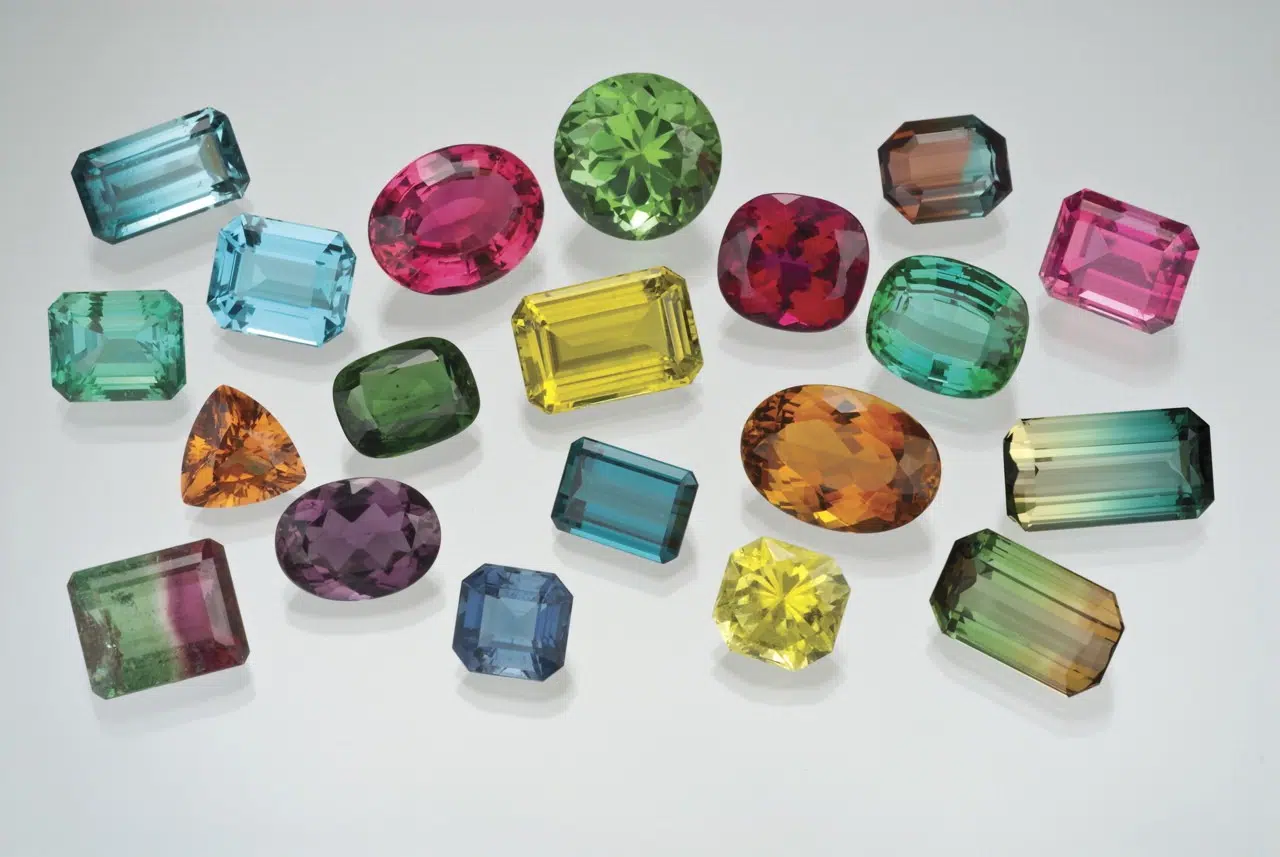
In conclusion, pink tourmaline is a gemstone of great beauty and intrigue. Its captivating hues, fascinating formation process, and rich history make it a gemstone worth studying, appreciating and owning.
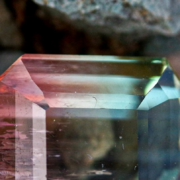
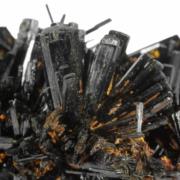
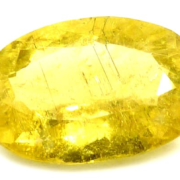
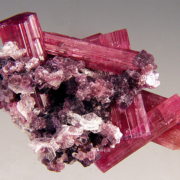
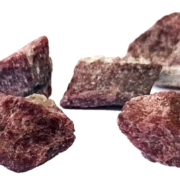
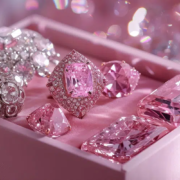
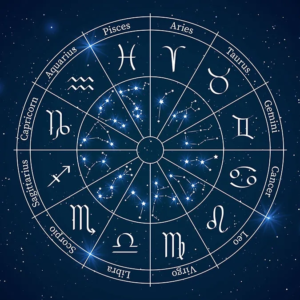
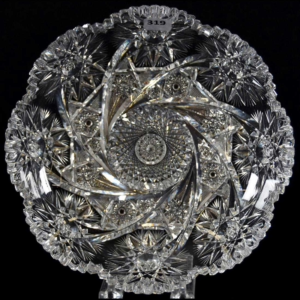
Leave a Reply
Want to join the discussion?Feel free to contribute!